This is part of a long series of posts about the Sony a6300. The series starts here.
So now I’m going to do a series like that of the preceding post, but with a big difference. I’m going to leave the exposure the same, vary the ISO in full stop intervals, and push the images in post to make them have equal brightness.
I started at ISO 3200 with a normal exposure, left that exposure the same, and made images at ISO 1600, 800, 400, 200, and 100. Then, in Lightroom, I pushed the ISO 1600 image one stop, the ISO 800 image two stops, and so on, until I got to the ISO 100 image, which got a five stop push.
Here is a large view of the result:
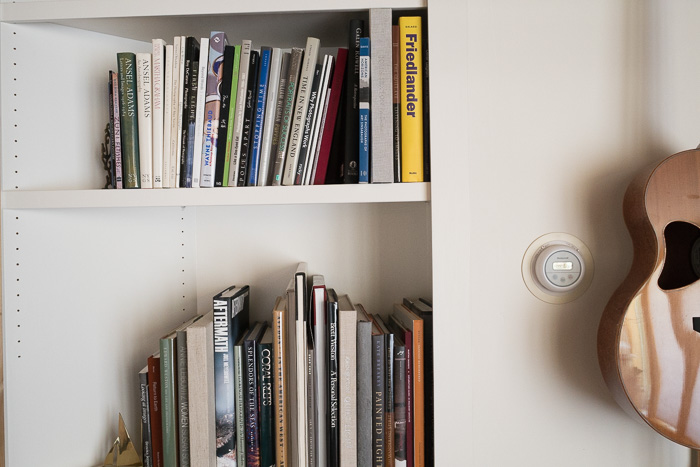
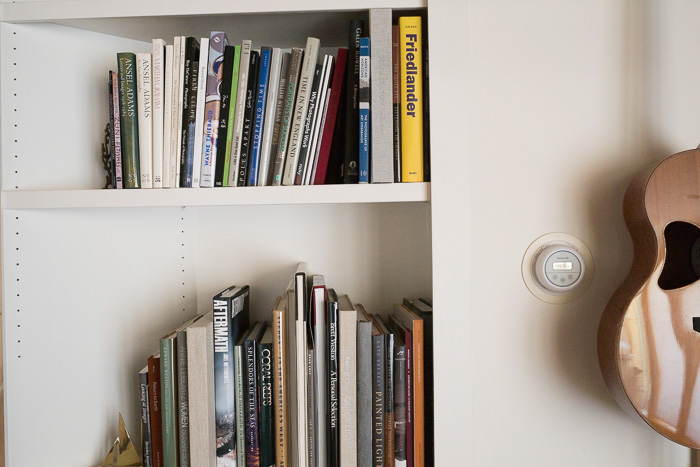
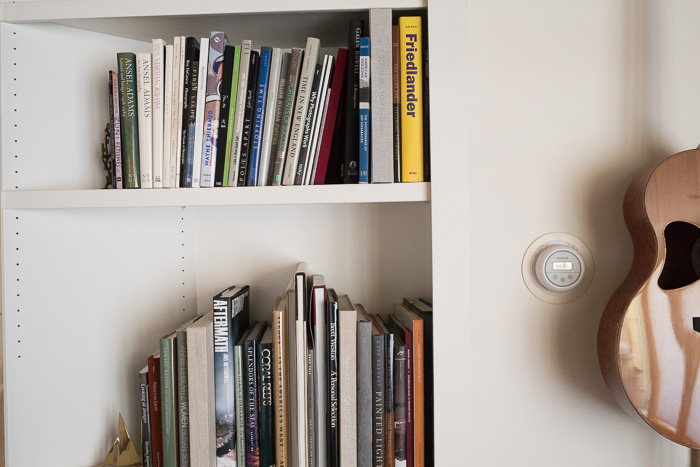
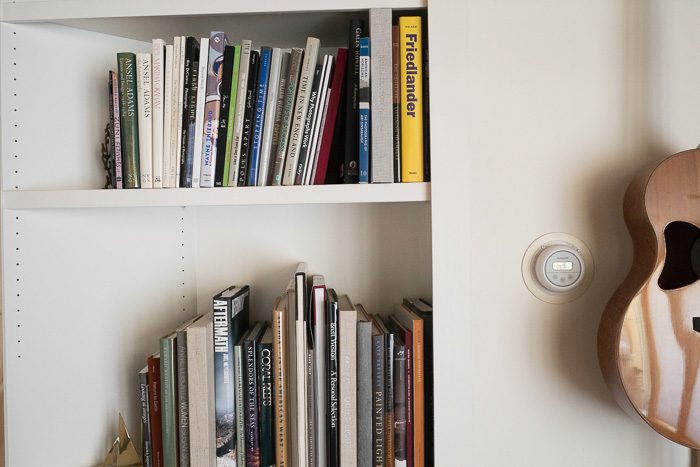
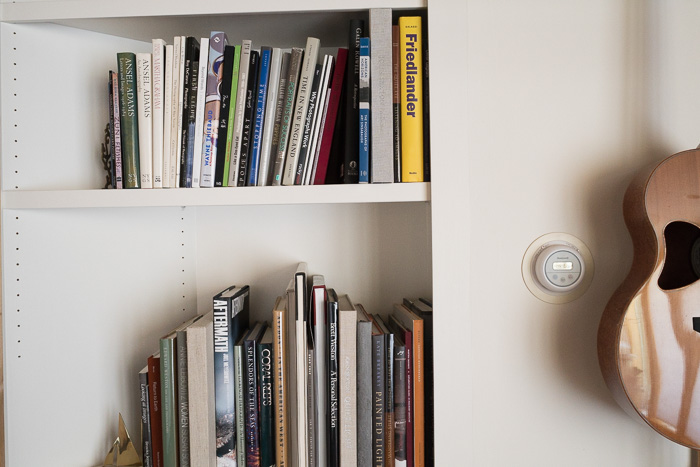
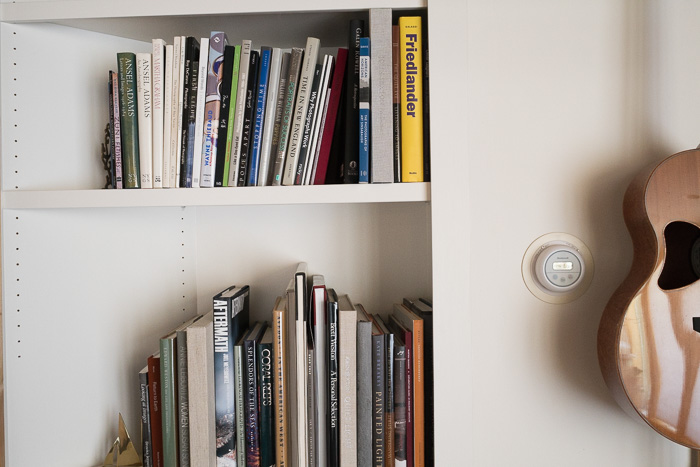
Not a lot of difference, huh? Let’s zoom in on a 200% blowup:
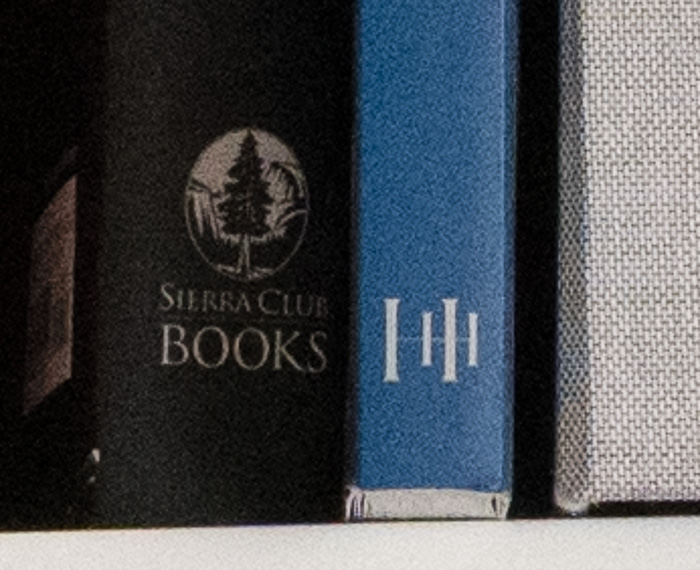
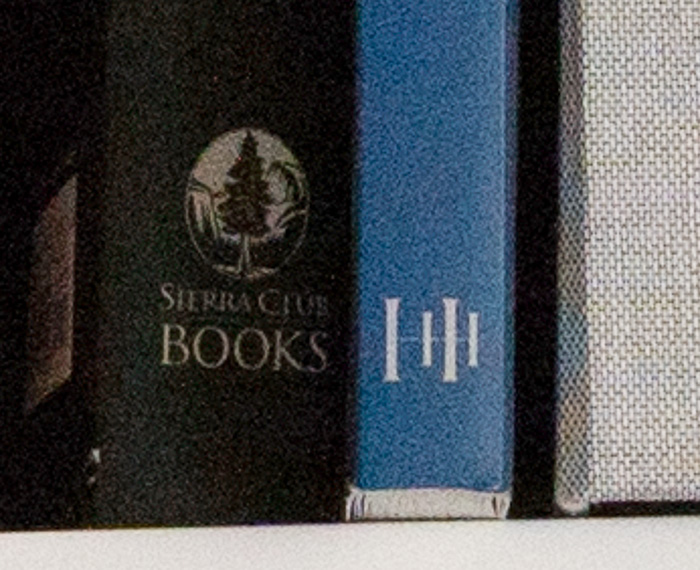
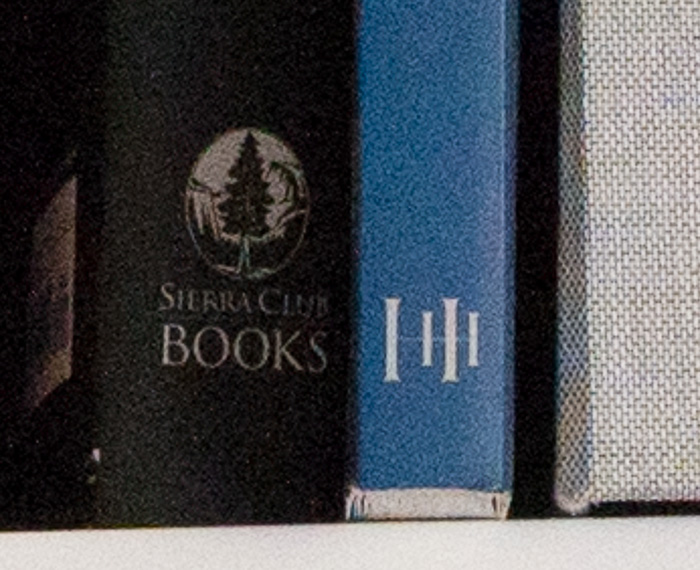

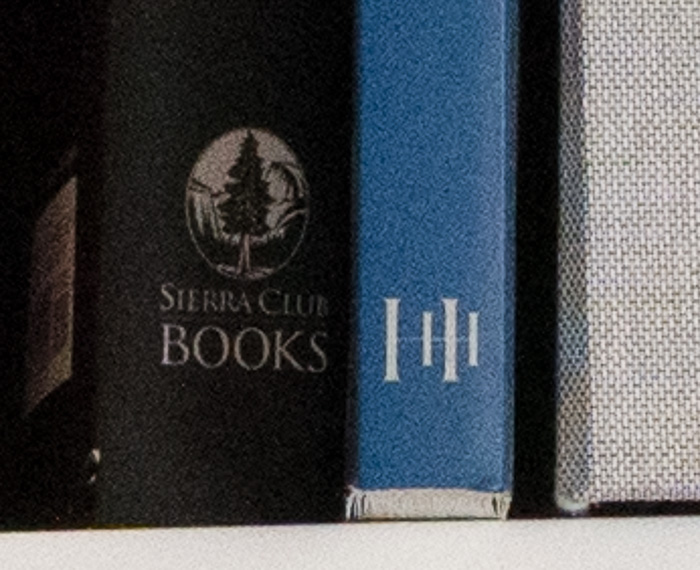
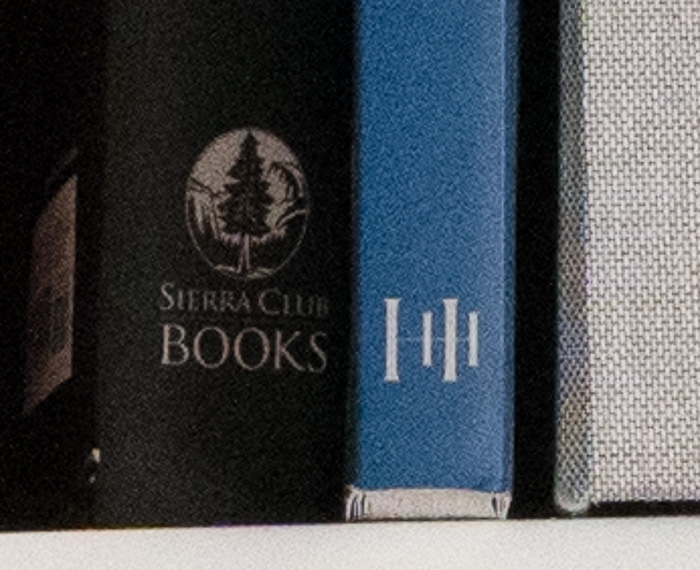
Not much difference, either. There should be shadow noise differences, though, since this series crosses the ISO 320/400 conversion gain transition point for the sensor.
Let’s add a really hamfisted +100 Shadow move to all the images:
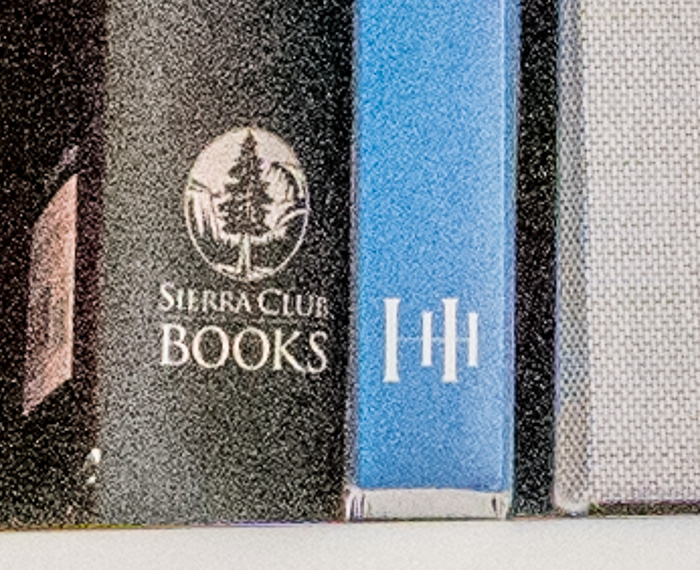
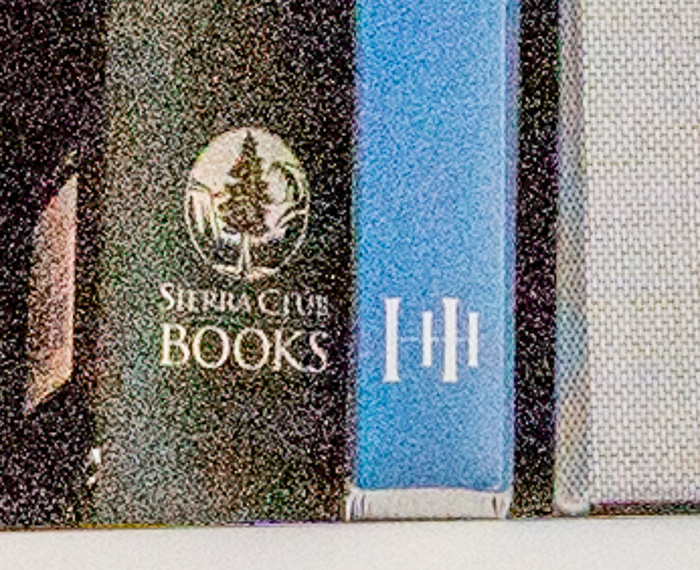
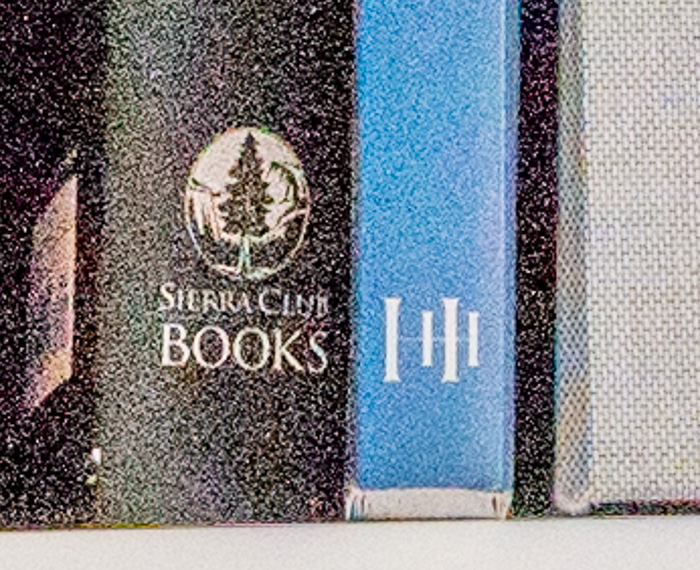

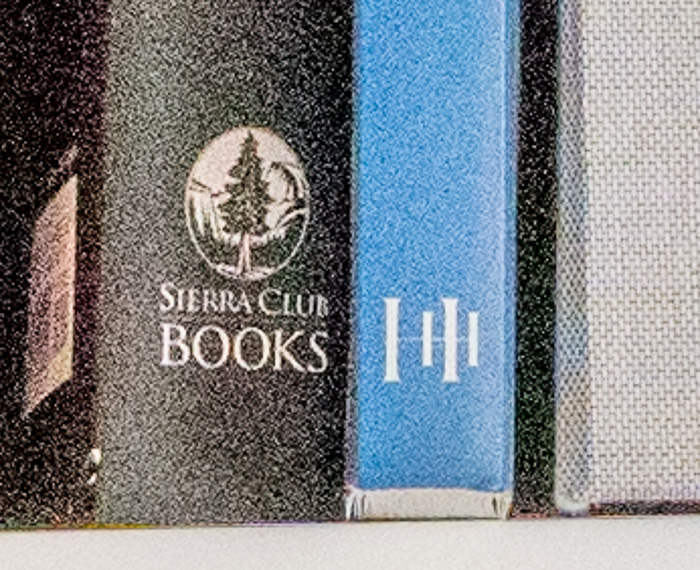
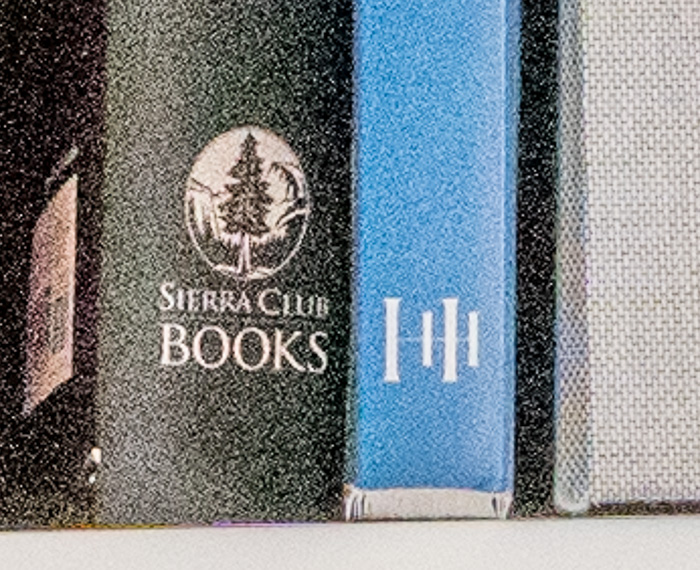
The first thing to notice is how noise-free these images are. The next thing is that the images are pretty ISOless from ISO 3200 through ISO 400, but that once we cross that conversion gain change point, we pick up some noise.
Pretty good predictable result, however i noticed color cast/color noise on the black book shelf when you pushed shadows +100 eve on the ISO 400/800/1600 images (especially ISO 400) that was not preset on ISO 3200 image, perhaps noise wise it is ISOless however still limitations of RAW files where less details are preserved in shadows than in highlights kicks in when very underexpose the image.